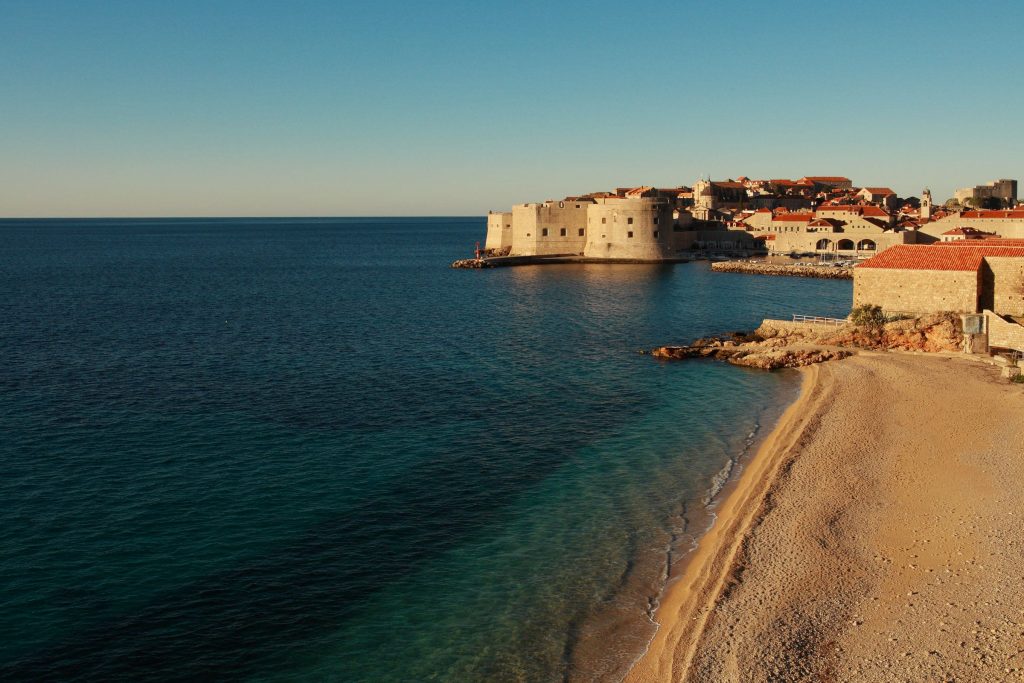As Poslovni Dnevnik/Marija Crnjak writes on the 25th of May, 2020, tourist vouchers that are being introduced to encourage domestic tourist spending, or are just being considered, could partly encourage domestic tourist traffic and local consumption, and make it easier for travellers looking for a holiday. But will such moves be enough to rescue Croatian tourism this year?
Certainly, the voucher system will have a different effect depending on the country in which it is introduced, and these subsidies will hardly “save” the tourist season and make a significant difference in small countries and for those whose tourism has always rested on an export basis. Croatia and Croatian tourism rather awkwardly falls into both of those categories.
In the Croatian tourism sector, domestic guests generate about 90 percent of the traffic, and most of them spend the summer in their own coastal homes, with their friends and family. In the ideal conditions for the real success of the Cro card idea, domestic guests alone, talking in financial terms, would not be enough to opem up hotels, restaurants and other similar attractions.
Without foreign guests, Croatian tourism won’t really have a season this year. In addition, the purpose of the Cro card was never to save the season, but to strengthen continental tourism outside the season, as is the case, for example, in neighbouring Hungary.
With the exception of the epidemiological picture and the level of security, which will be the number one factor for all travellers this summer, from the announced Cro card, Croatian tourism could have a much greater impact on similar activities in which the country’s emitting markets invest.
In this sense, the markets of countries from which driving to Croatia is relatively easy are important for this year, which are the strongest for us anyway – Slovenia, Austria, Hungary, Poland, the Czech Republic, Slovakia, Italy and Germany, and of course neighbouring Bosnia and Herzegovina.
Of all these countries, Hungary is the only one that already applies a type of tourist voucher system and already invests a lot in Hungarian tourists. Serious announcements have also come from Slovenia, whose government plans to invest 345 million euros in this support. That is as much as 13 percent of the amount of last year’s income generated by the Slovenian tourism sector.
Vouchers are still being considered by the Czechs and Italians, and instead of vouchers, Germany and Austria have strong campaigns for the retention of domestic guests, and since these are large markets, the locals could even save the season for them. This is especially true for the Germans, the world’s strongest emitting market, which was responsible for 100 million trips around the world in 2019.
When it comes to the Hungarians, the introduction of their card hasn’t significantly affected the results of this emitting market in Croatia so far. The Germans have a sharply narrowed down set of choices for travel this year, due to the lack of flights and the difficult epidemiological picture in one of their traditionally favourite countries – Spain. Turkey is also too far for them to drive to.
If the borders are opened, there will still be enough Germans who can afford to come to the Croatian coast. The Austrians have already told Croatia how much they’re looking forward to see the Adriatic, the Czechs were also the first to launch the idea of creating a corridor to Croatia, and they’re ready to spend hours on the road to reach the Croatian Adriatic sea.
Make sure to follow our travel page for more on Croatian tourism in the coronavirus era.










